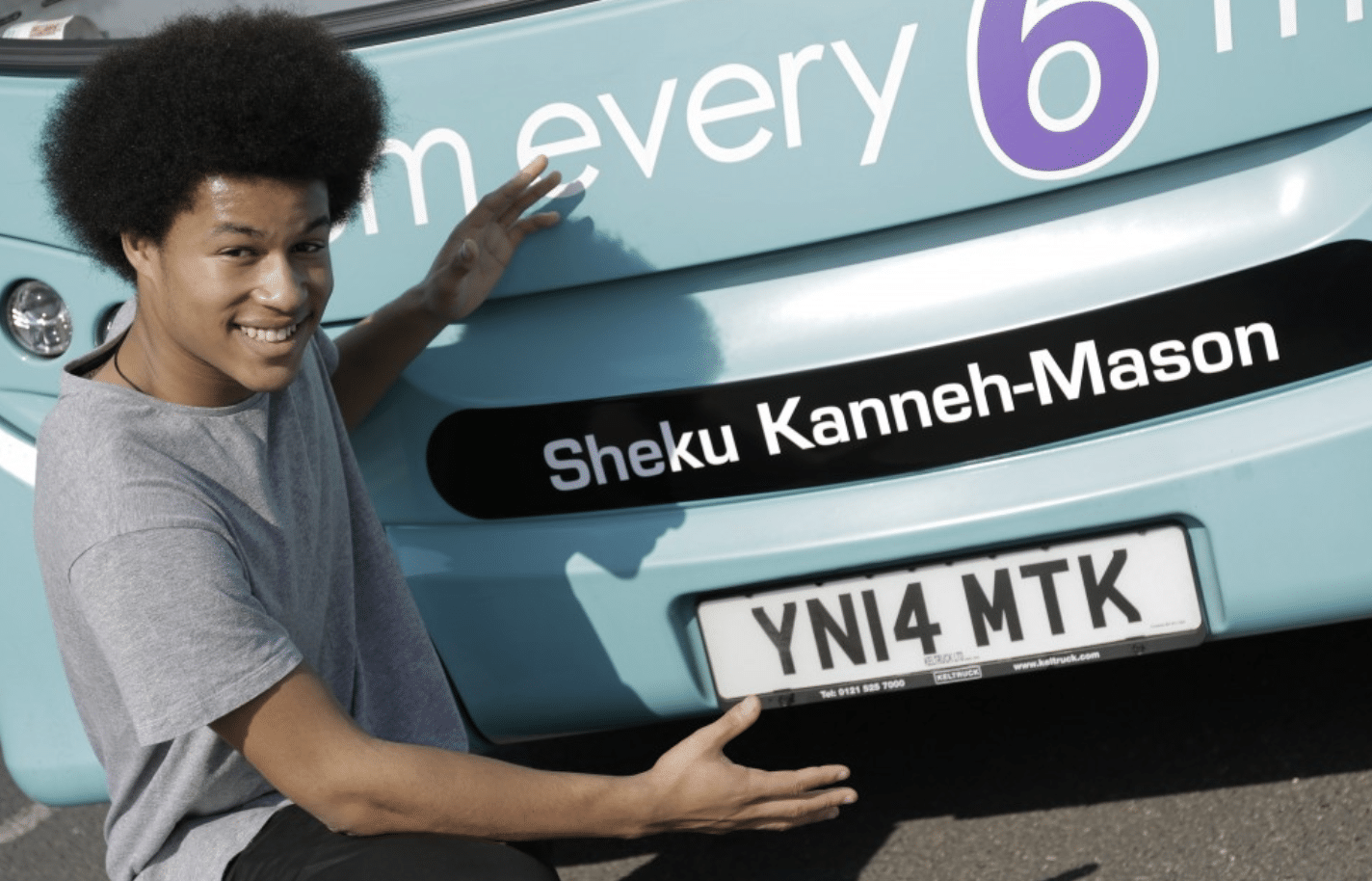What’s in a name? Everything.
Adults and children anthropomorphise objects by giving them names - here’s what it could mean for public transport operations.
1st Feb 2021


Human beings don’t just name children and pets. For centuries, humans have given names to ‘things’ such as boats or vehicles, and we know exactly why this is. The categorisation of objects makes a range of tasks easier – identification, reference, description, simplification or organisation – but when we give names to inanimate objects, there’s more happening neurologically than just wanting to perform tasks at speed.
This is a type of anthropomorphism – an act of giving human attributes to a material object. Behavioural science professor at the University of Chicago Nicholas Epley described this behaviour as what “makes humans uniquely smart on this planet”. It allows people to create ties and emotional bonds with ‘things’ by acknowledging them and giving them autonomy.
According to Epley, a byproduct of having an active, intelligent social cognition is that humans are programmed to “see and perceive minds” in objects unlike ourselves (and faces too!).
Naming an object helps people feel empathy and develop a sense of familiarity and warmth. Passenger believes that shared public transport infrastructure is crucial to helping develop and maintain a happy, healthy and equally provisioned society, and when we see a way that we can help users connect with services, we work to support it.

Transdev’s Harry Gration MBE bus
The detailed vehicle information we include apps and websites, as part of live bus tracking and fleet lists, helps users to identify and connect with vehicles in a much more human way. When operators choose to name a service after a local hero or national treasure, we can make this part of a customer’s digital experience, helping to create empathy and a connection with the services that become a part of their lives.
Humans tend to anthropomorphise things they love, rather than things they dislike, and having a name elevates the status of an object. This well-documented effect doesn’t just go one way. We name some things because they’re important, but things can also become more important to us because they have been given a name.
Go North East’s Christmas Angel 2020
It is important to understand where to draw the limits with anthropomorphising. If it comes at the expense of a customer’s experience, it’s possible to unintentionally push customers away with a lack of simplicity and consistency.
Customers expect a clear path to a successful outcome along their journey from presale, to point of purchase, to using the product they have bought. Many years of experience in technology design has taught Passenger where to keep user experience consistent and when to enable the ‘surprise and delight’ factor.
What’s in a name? A name affirms that the object belongs with the rest of our namable world, creates personality and forms the root of empathy. Buses can play a daily part in people’s lives and those surprise and delight components can help keep bringing customers back, time after time.
Share this article

Newsletter
We care about protecting your data. Here’s our Privacy Policy.
Related news

Start your journey with Passenger
If you want to learn more, request a demo or talk to someone who can help you take the next step forwards, just drop us a line.